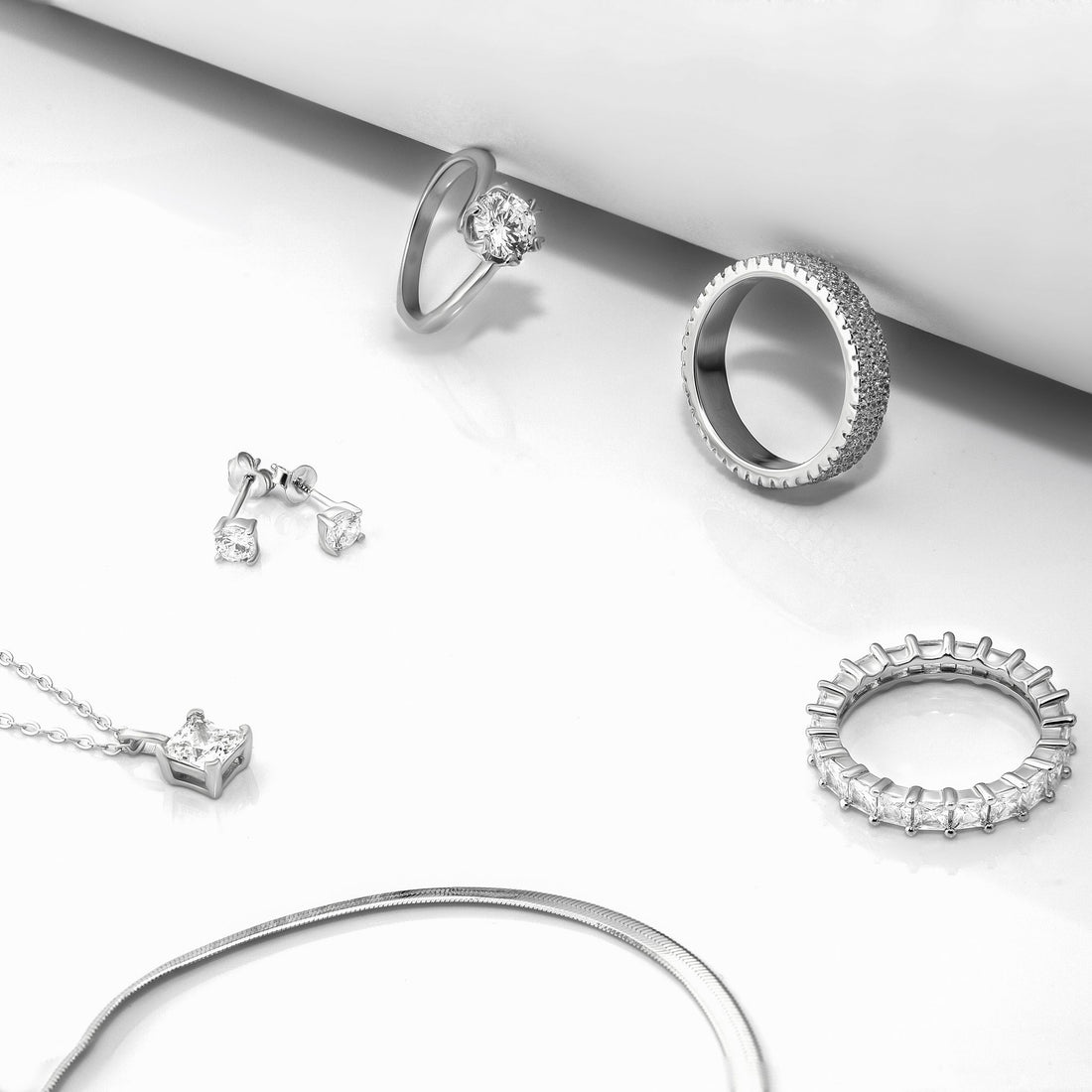925 sterling silver - what is it and why is it considered the benchmark?
Often, when buying silver jewellery, many people come across the phrase "Sterling Silver". For most ordinary people, however, the quality is indicated by the number "S925". But it turns out that "Sterling Silver" and "925" are the same thing. It is a dilution of pure silver with copper: 7.5% copper to 92.5% silver is considered the standard. An alloy with such a ratio is called sterling silver 925.

Why is silver diluted?
- nickel;
- zinc;
- cadmium;
- germanium.
Alloys with these metals have the distinct advantage that they do not oxidise, unlike those with copper. So why not switch to them? Again, here is a simple answer and it lies in the cost, copper is a cheap material, the other metals and additives greatly increase the cost of the final product.
Thanks to copper, the alloy becomes malleable, which makes it easier to work with. You should also consider that copper not only adds strength to the alloy, but also does not affect its colour - the jewellery retains its precious silver lustre and white colour.

How can I tell the difference between a master alloy and a fake?
A reference alloy can be distinguished by the marking '925 proof', 'sterling' or 'ster'. It is important to remember that only the 925 is the reference alloy and is referred to as 'sterling silver'. If a lower proof is offered under the 'sterling' marking, it is 100% fake. Unmarked jewellery can roughly check the quality of the alloy in several ways:
-
the alloy should not react to a magnet;
-
Sterling silver jewellery should not leave marks on your skin;
-
The chalk should darken on contact with the alloy (you can rub it onto the piece).
There is a popular myth that silver jewellery or cutlery disinfects water it's because of the peculiarity of the alloy - it has bactericidal properties and does not cause skin irritation (the exception is people with individual intolerance). That is why silver jewellery should not leave dark marks on the skin.
Due to a small percentage of copper, the alloy does not oxidize for a long time, unlike pure metal, but it can darken with time, and that is why it is additionally rhodium-plated - you can learn more about this in a separate review. Sterling silver jewellery also requires periodic care and special storage conditions, as our feature article explains.
But if the product description explicitly says you can't sleep with it, shower with it, or wear it over your skin with cream applied, then it's also a fake. Of course, under certain conditions sterling silver is capable of darkening, but not in a couple of days. You should therefore pay attention not only to the marking on the jewellery, but also to its description.

